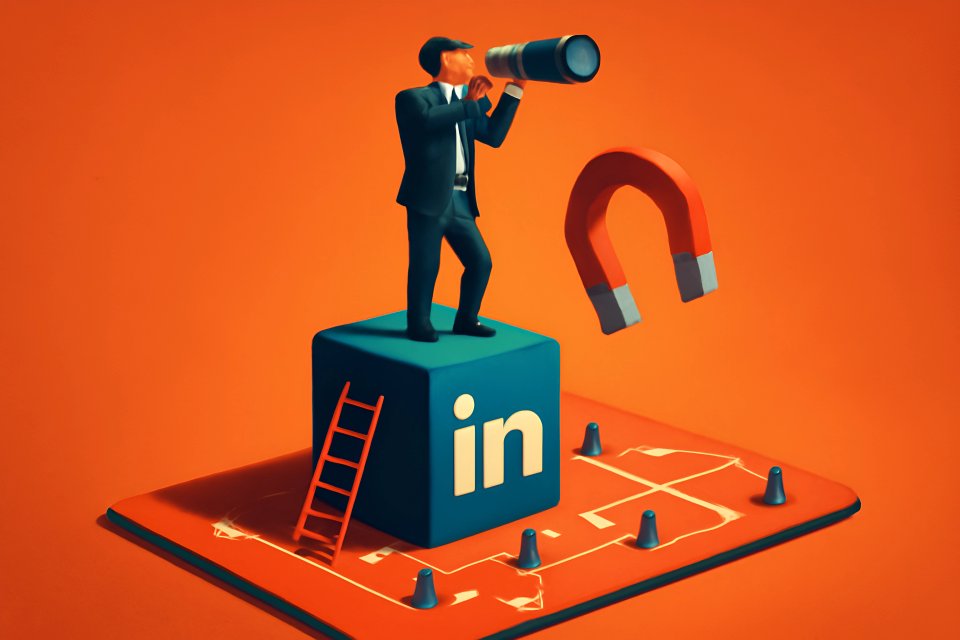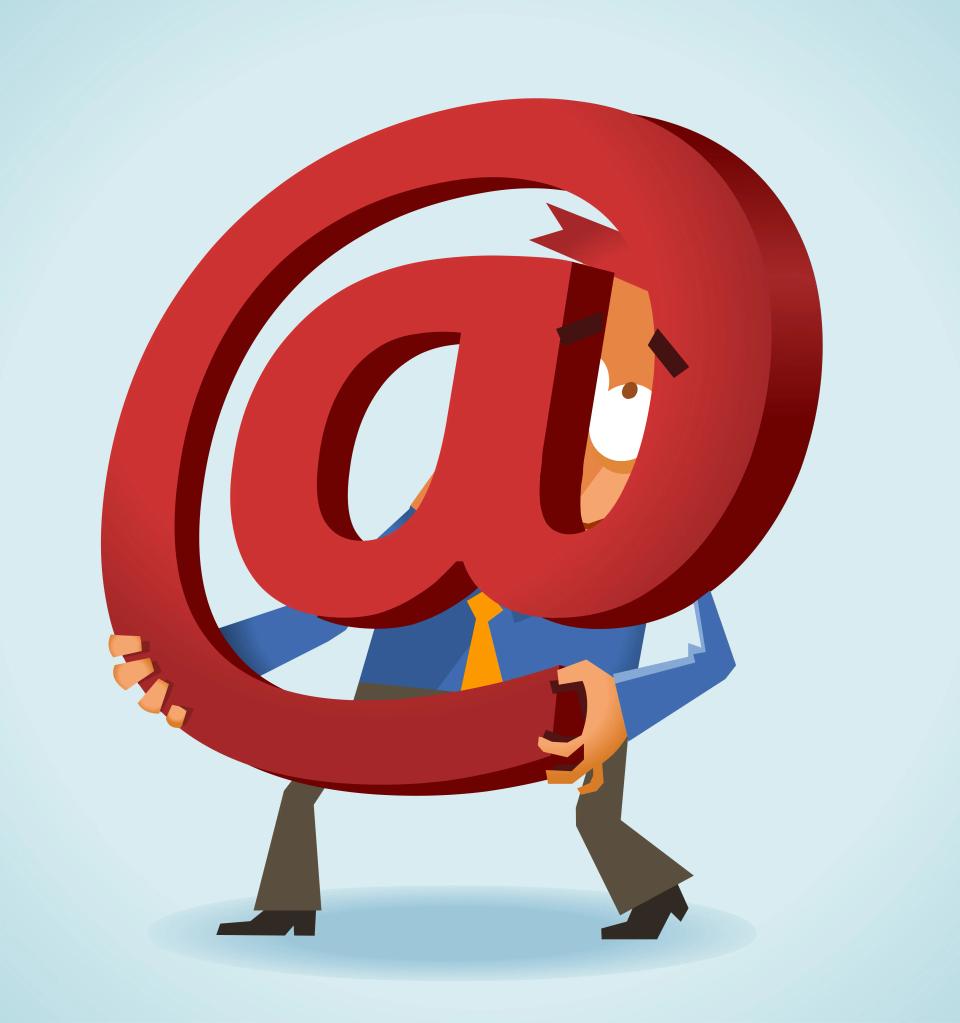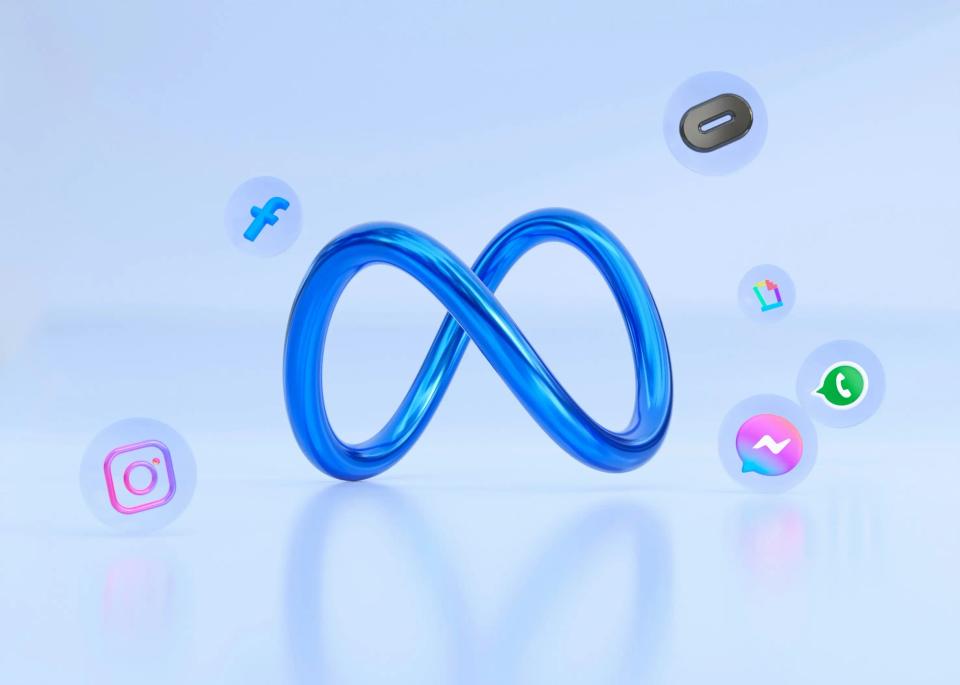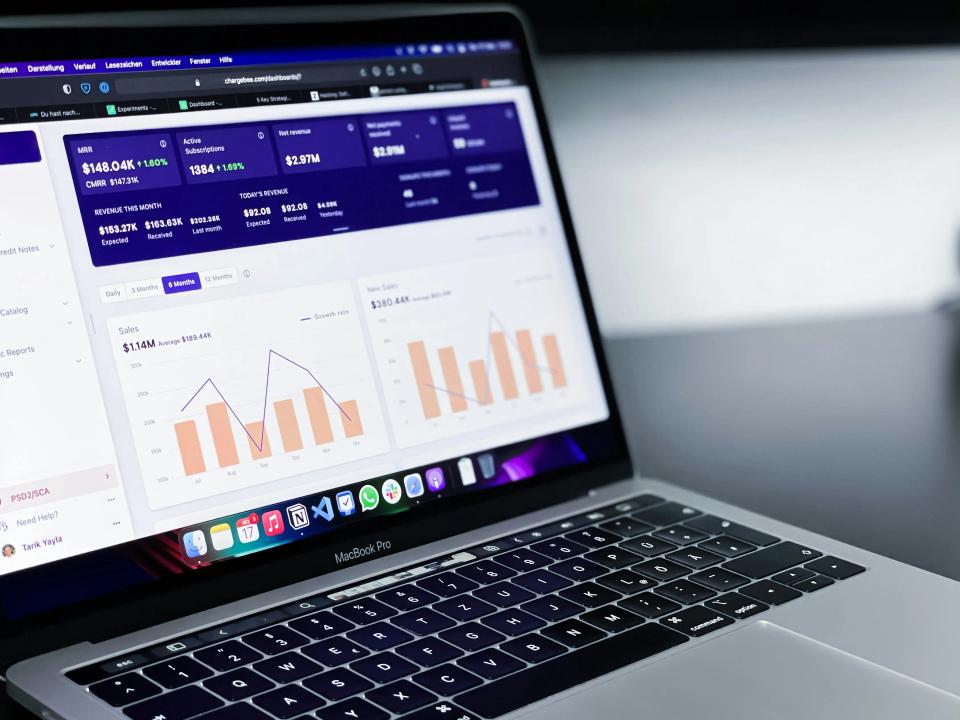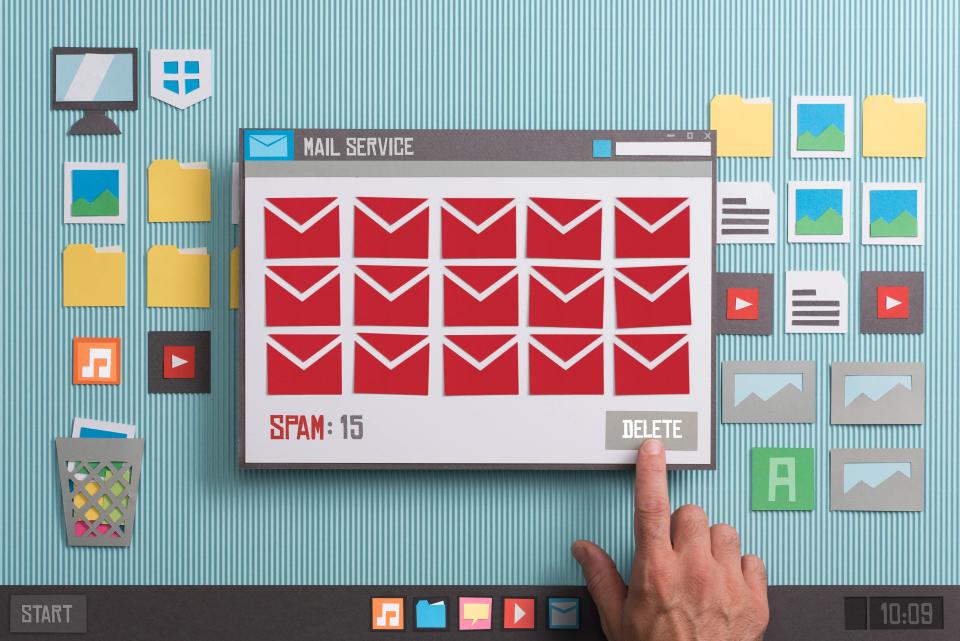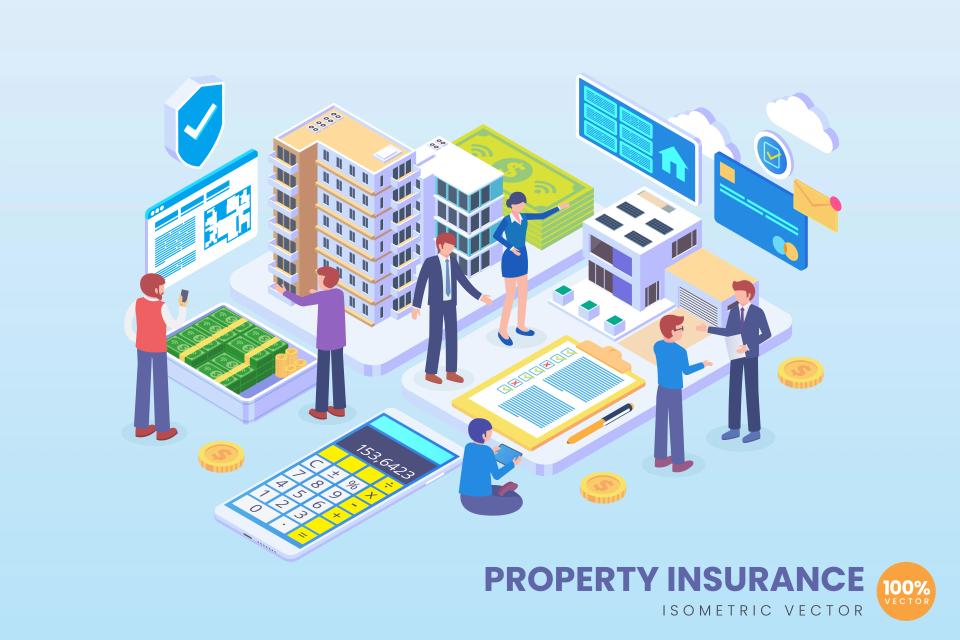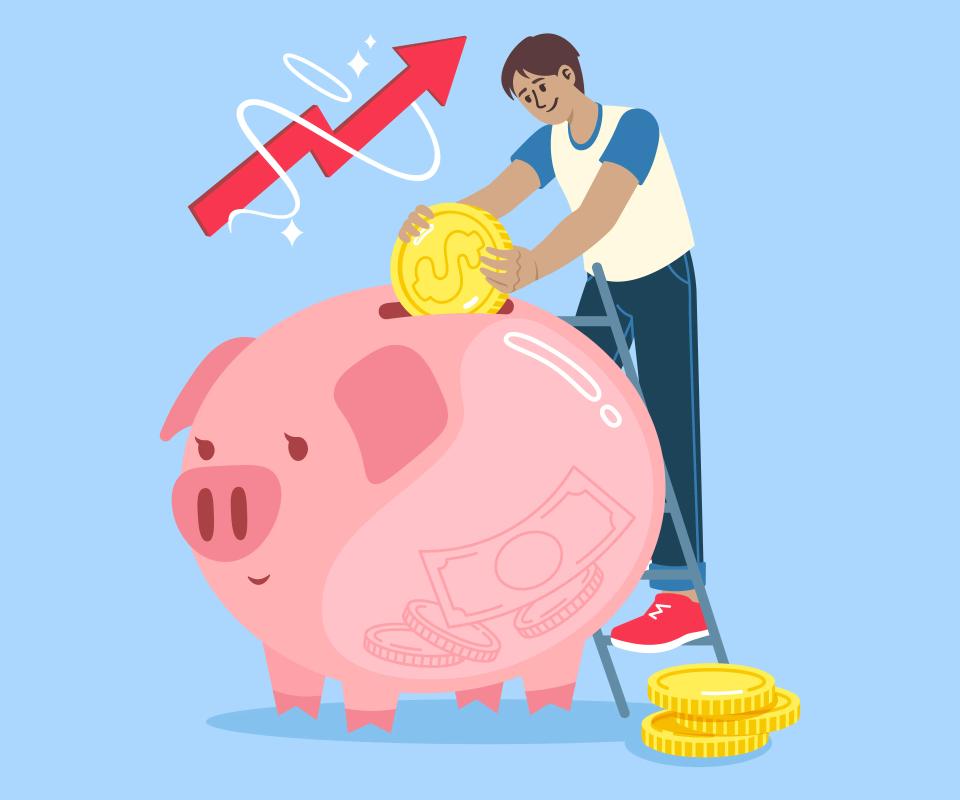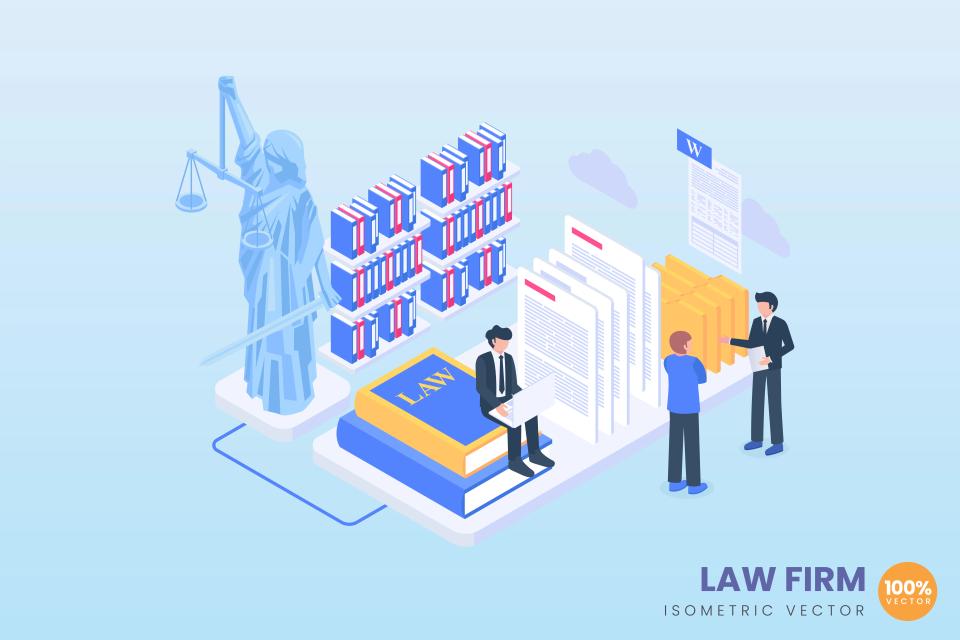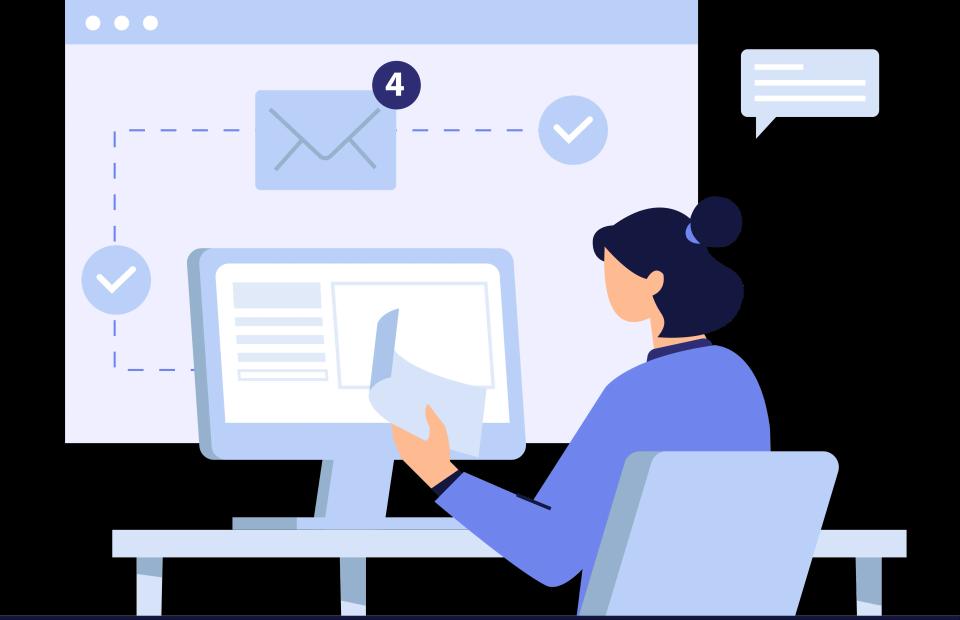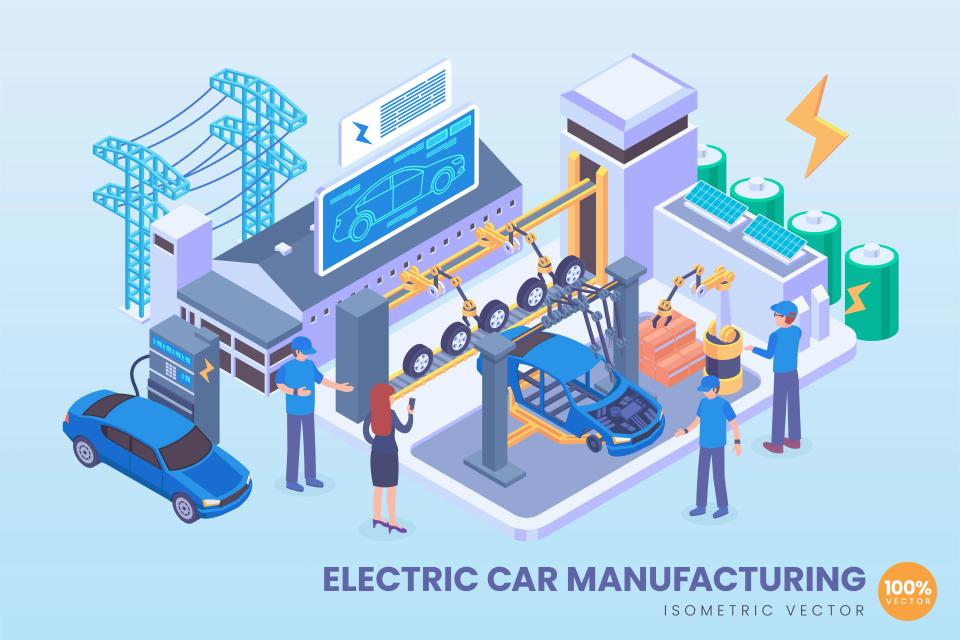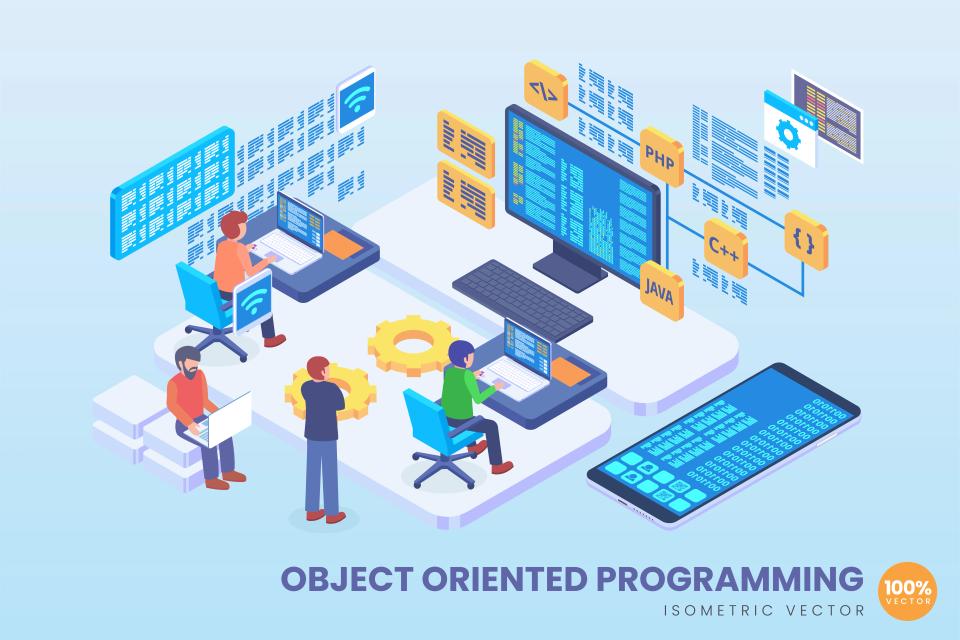You’ve perfected your LinkedIn profile. You send connection requests every single day. But the high-value prospects—the C-suite executives and key decision-makers—remain ghosts in the machine. Your inbox is a ghost town, and your outreach feels like shouting into a hurricane. What’s missing?
Let’s be brutally honest. Standard outreach is dead. Generic templates and a spray-and-pray approach are just noise in today's hyper-competitive B2B world. In fact, a staggering 42% of sales professionals admit they struggle to stand out because of the sheer volume of generic messages flooding the platform.
Securing the attention of the people who can actually move the needle for your business isn’t about casting a wider net; it’s about crafting the perfect, irresistible lure. It demands a radical shift in your thinking—away from a desperate, sales-first mindset and toward a relationship-first, intelligence-driven strategy. In this deep dive, we're moving beyond the basics. These advanced strategies are essential for building a network of high-value B2B connections that translate into real, measurable business growth.
The Foundation: Pre-Outreach Intelligence & Strategic Targeting
Beyond the Job Title: Gathering Actionable Intelligence
The most devastatingly effective outreach campaigns are won before the first message is ever sent. Forget job titles and company size. To truly connect, you need to understand your prospect’s world, their fears, their ambitions, and their immediate challenges.
This isn’t about stalking; it’s about strategic listening. You must become an intelligence agent, monitoring for company-level trigger events that signal a window of opportunity. Think recent funding rounds, major executive hires, new product launches, or expansion into new markets. These are moments of change when leaders are actively seeking solutions, and tools like LinkedIn Sales Navigator and Google Alerts are your listening posts. In fact, using Sales Navigator to create hyper-targeted prospect lists can lead to a 5x increase in pipeline growth.
But company news is only half the story. You need to decode an individual’s “digital body language” by analyzing their recent LinkedIn activity. What articles have they written or shared? What posts are they commenting on? This activity reveals their current priorities and pain points far better than any static profile summary. This is where you find the real gold, the raw material for crafting a message that feels personal, timely, and impossible to ignore.
The "Watering Hole" Method
Where do your ideal prospects gather to discuss their problems? Find those places. Identify and actively participate in the same LinkedIn Groups and communities as your target audience.
Don’t just jump in and start pitching. Listen. Absorb the language they use, the challenges they debate, and the solutions they praise. By contributing thoughtfully to these conversations, you transform from a cold outsider into a familiar, credible peer.
This "Watering Hole" method is one of the most powerful professional outreach tips because it warms up the relationship before you ever slide into their DMs. It’s about building rapport organically in a communal space. This approach has been shown to reduce the friction of cold outreach by a stunning 40%, making your eventual connection request feel less like an interruption and more like a natural next step.
The First Touch: Crafting a Connection Request They Can't Ignore
The Art of the "Warm" Introduction
Your connection request is your digital handshake. It’s your one shot to make a first impression that sparks curiosity, not suspicion. The goal is not to sell, but to open the door to a genuine conversation.
This is where your pre-outreach intelligence pays off. A personalized request that references a prospect’s recent post, a shared interest, or a mutual connection can boost acceptance rates by a massive 55%. It proves you’ve done your homework and see them as an individual, not just another name on a list.
Forget the generic, self-serving templates. They reek of automation and desperation. Compare these two approaches:
Bad Example:
Hi [Name], I see you're a VP at [Company]. My company helps businesses like yours increase revenue. Let's connect.
Good Example:
Hi [Name], I saw your comment on [Influencer]'s post about the future of AI in logistics. Your point about data integration really resonated. As I'm focused on the same space, I'd love to connect and follow your insights.
The difference is night and day. One is a lazy pitch; the other is an intriguing conversation starter.
The Give-First Principle
Want to build immediate trust and rapport? Give something of value with no strings attached. This is the core of the Give-First Principle, a cornerstone of modern advanced LinkedIn networking.
Instead of asking for their time, offer them a resource. Share a relevant third-party article, a helpful tool, or an insightful report that directly aligns with a challenge you identified during your research. This simple act positions you as a helpful expert, not a hungry salesperson. According to HubSpot, this approach aligns with social selling best practices that nurture long-term relationships.
Go beyond mutual connections and leverage other commonalities. Did you attend the same university? Work at the same company five years ago? Attend the same virtual summit? Referencing these shared experiences creates an instant bond and makes your request feel familiar and safe. By combining these tactics, you can master the foundational elements needed for success before moving on to more advanced methods.
The Nurture Sequence: From Connection to Conversation
The Fortune is in the Follow-Up: A Strategic Nurturing Cadence
Here’s a hard truth: most outreach fails right after the connection is accepted. The initial "thank you" message is sent, and then… silence. This is a colossal mistake, because the real work has just begun.
High-value prospects are busy. They are skeptical. Building the trust required to earn a conversation takes patience and a strategic, multi-touchpoint nurturing cadence. A well-planned sequence that spans a few weeks can increase response rates by 40% by building familiarity without being obnoxious.
Imagine a flow like this:
- Day 3: Don't just "like" their latest post. Leave a thoughtful, insightful comment that adds to the conversation.
- Day 7: Send a follow-up message that references your original connection reason and asks a smart, open-ended question. For example: Following up on our chat about AI in logistics, are you exploring any new platforms this year?
- Day 14: Share a piece of high-value, non-gated content—like a case study or whitepaper—that directly solves a problem you know they have.
Using Voice & Video Messages to Stand Out
In a world of endless text, your voice is a secret weapon. LinkedIn’s voice and video messaging features are criminally underused, which is exactly why you should be using them. A short, personal voice note or video cuts through the digital noise and creates a powerful human connection.
This isn't the time for a long-winded pitch. A simple, 30-second message can have a huge impact. Campaigns using this hyper-personalized touch have seen 15% higher conversion rates.
Finally, you must know when to pivot the conversation offline. The key is to propose a meeting with a clear, compelling purpose that is entirely focused on their needs, not yours. Frame it as a value exchange. For example: Based on your interest in [Topic], I have a framework that might help you solve [Problem]. Would you be open to a brief 15-minute call next week so I can walk you through it? This approach turns a sales pitch into a collaborative problem-solving session, and it’s a critical step in optimizing your outreach for building long-term B2B relationships.
The Inbound Magnet: Using Your Profile & Content to Attract Leads
Let Them Come to You: Becoming a B2B Thought Leader
What’s better than chasing down high-value prospects? Having them come to you. The most advanced LinkedIn strategy of all is to stop being a hunter and start being a magnet. This is achieved by positioning yourself as a trusted authority, an indispensable resource that your ideal clients actively seek out.
It starts with your profile. Stop using your headline and summary to talk about your job title and responsibilities. Instead, frame them to speak directly to your ideal client’s biggest problems. A headline like "Helping SaaS CTOs Scale Securely & Efficiently" is infinitely more powerful than "VP of Sales at XYZ Corp." This simple change can increase profile views from your target audience by 40%.
Next, you must consistently create and share "pillar" content that solves problems, offers a unique perspective, or analyzes industry trends. Use text posts, carousels, and short videos to demonstrate your expertise. Following the 4-1-1 rule—four pieces of curated content for every one original post and one promotional post—can triple your engagement rates and establish you as a go-to voice in your niche.
Engage with Intent
Posting content isn’t enough. You can’t just post and ghost. You must dedicate time to engaging with intent, leaving thoughtful, value-adding comments on posts by industry leaders and potential prospects.
This isn’t about dropping a generic "Great post!" and moving on. Add data, ask a follow-up question, or offer a counterpoint. This builds your visibility and credibility across the platform. A good rule of thumb is to spend 80% of your LinkedIn time on these value-driven interactions and only 20% on direct outreach.
Finally, treat your LinkedIn profile like a landing page. Use the "Featured" section to showcase your best work—case studies, client testimonials, and insightful articles. This section acts as powerful social proof that attracts and converts inbound leads. To truly scale your reach, you can complement this organic strategy by learning how to maximize B2B growth with LinkedIn Ads tactics.
Conclusion: From Outreach to Opportunity
Let's cut to the chase. True success on LinkedIn isn't about gaming an algorithm or finding the perfect automated tool. It comes from a fundamental shift in mindset: prioritizing quality over quantity, intelligence over automation, and genuine relationships over hollow transactions.
The path to connecting with high-value decision-makers is paved with deep research, a "give-first" mentality, patient nurturing, and the commitment to building a magnetic personal brand. These advanced strategies require more effort than firing off a hundred generic templates, but the payoff is immeasurable. You’re not just building a list of contacts; you’re building a network of powerful allies, advocates, and clients—the ultimate driver of sustainable business growth.
Implementing these strategies can transform your lead generation efforts. But crafting a sophisticated outreach system takes time and expertise.

